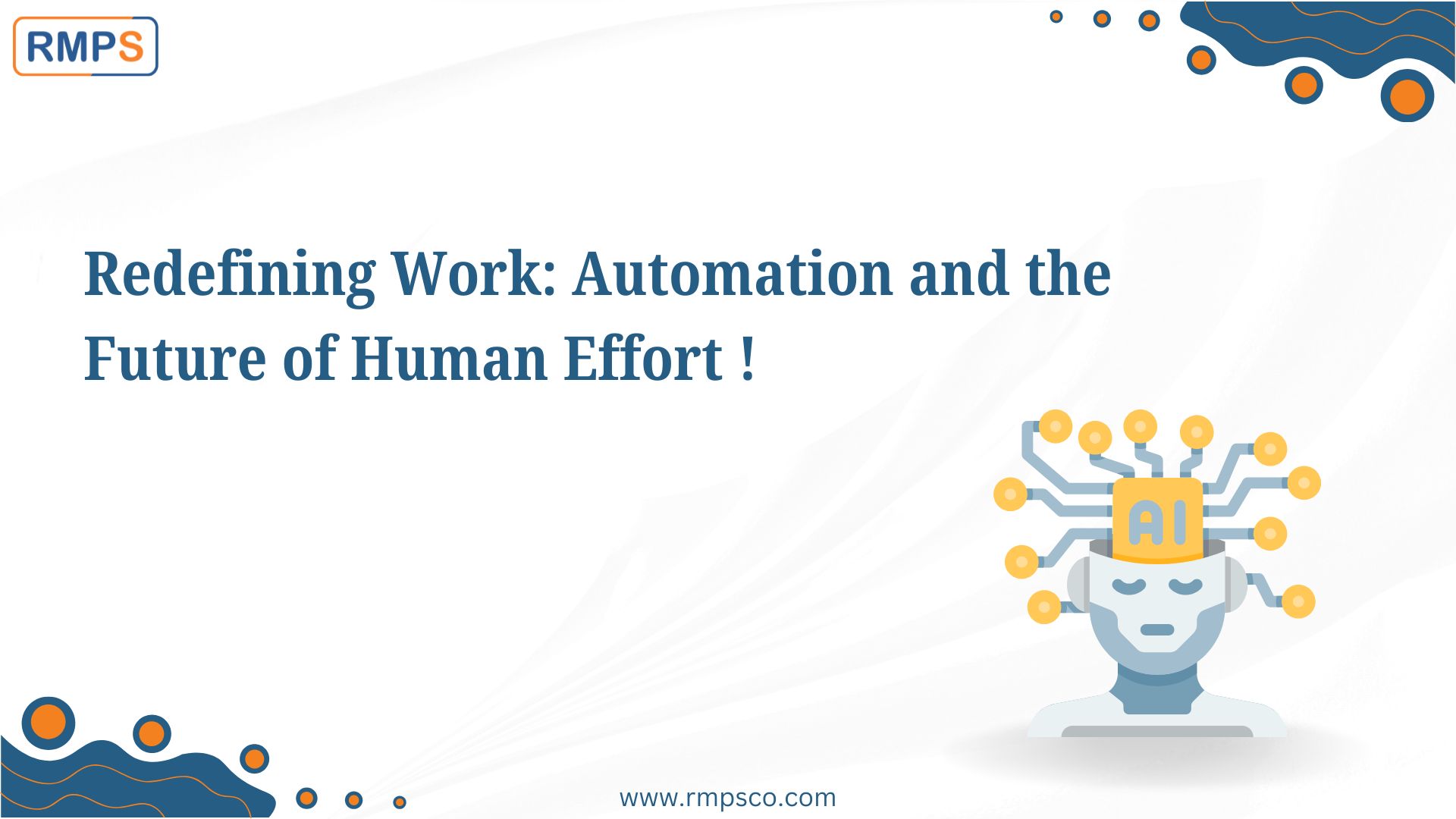
The debate between human touch and automation in the workplace is complex, with valid arguments on both sides. Let’s understand both the perspective and what should be the best collaboration.
Human Touch
Empathy and Emotional Intelligence:
Humans excel at understanding and responding to the emotional needs of others, which is crucial in building trust and strong relationships with clients and colleagues.
Creativity and Innovation:
Human minds are capable of generating new ideas and solutions, thinking outside the box, and adapting to changing circumstances.
Critical Thinking and Decision-Making:
Humans possess the ability to analyze complex situations, weigh different options, and make informed decisions based on intuition and experience.
Communication and Collaboration:
Humans communicate and collaborate skillfully, effectively conveying ideas, resolving conflicts, and building consensus within teams.
Automation and Digital Processes
Efficiency and Productivity:
Automation can streamline repetitive tasks, freeing up human workers to focus on more strategic and creative endeavors.
Accuracy and Consistency:
Automated systems can minimize errors and ensure consistent results, leading to improved quality and reduced costs.
Speed and Scalability:
Automation can handle large volumes of data and tasks quickly and efficiently, enabling businesses to scale their operations and meet growing demands.
Data-Driven Insights:
Digital processes can generate valuable data that can be analyzed to identify trends, improve decision-making, and optimize business operations.
Finding the Balance
The key lies in finding the right balance between human touch and automation. We can combine their strengths to build a workplace that’s more efficient, effective, and fulfilling, instead of seeing them as opposites.
Augmenting Human Capabilities:
Automation can be used to augment human capabilities, such as by providing data-driven insights to support decision-making or by automating routine tasks to free up time for more strategic work.
Fostering Human-Centric Approaches:
Even in highly automated environments, its important to maintain a human-centric approach, prioritizing empathy, communication, and collaboration.
Continuous Learning and Adaptation:
As technology evolves, its crucial for both humans and organizations to continuously learn and adapt to new ways of working, embracing the opportunities presented by automation while preserving the unique value of human skills and expertise.
By embracing this integrated approach, we can create a future where humans and machines work together in harmony, driving innovation, improving productivity, and enhancing the overall quality of work life.
LinkedIn : Ai Extensive
This article is only a knowledge-sharing initiative and is based on the Relevant Provisions as applicable and as per the information existing at the time of the preparation. In no event, RMPS & Co. or the Author or any other persons be liable for any direct and indirect result from this Article or any inadvertent omission of the provisions, update, etc if any.
Published on: January 4, 2025
